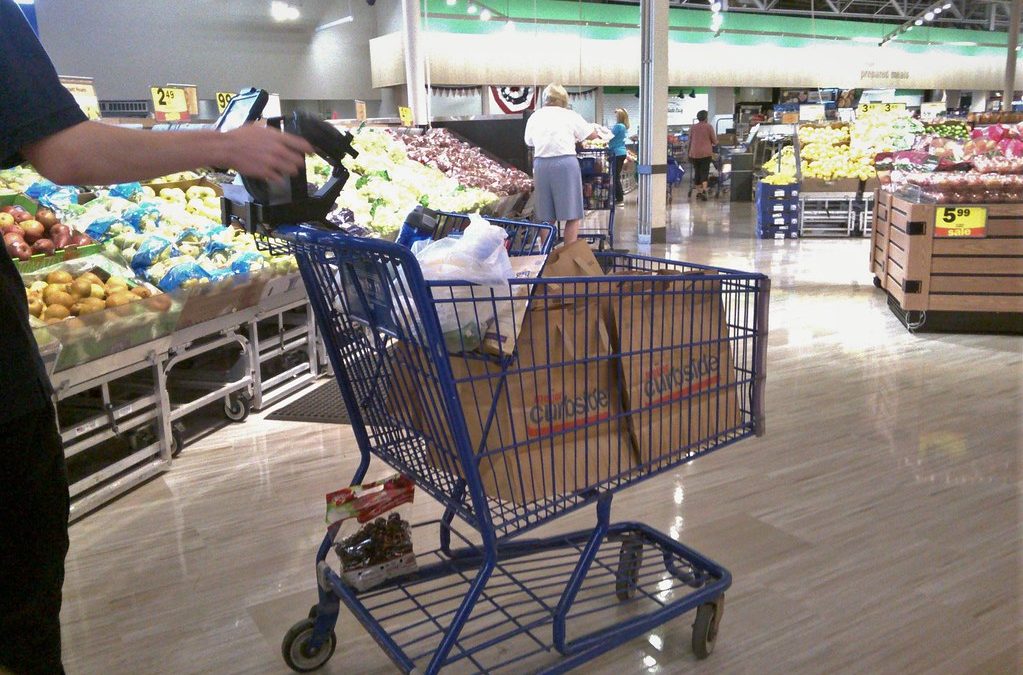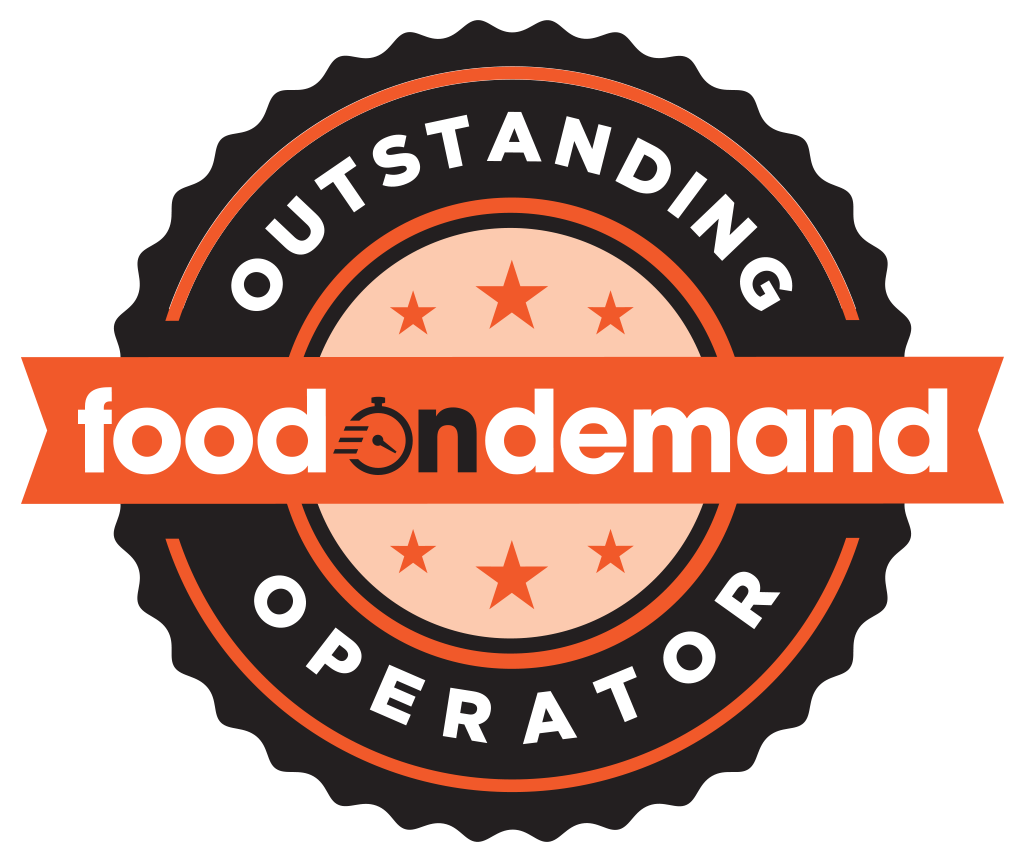Spare a thought for the grocery executive. Not only do they have competition from other brands, now they have QSRs and third-party delivery providers seducing customers. This isn’t the 1950s. Politely carrying bags to a car isn’t enough to lock in loyalty anymore. It takes a lot more to compete on convenience, which is what carries tremendous weight with today’s consumers, according to Deloitte’s most recent report on the state of fresh food.
Put simply, grocery consumers are the same as QSR consumers: they want food where they want it and when they want it. That means in-store as well as through digital and delivery platforms. That can be a challenge for some grocers.

Justin Cook, Deloitte’s U.S. consumer products research leader
“Profitability can be a big struggle as it costs grocers more to sell through online channels,” said Justin Cook, Deloitte’s U.S. consumer products research leader and one of the authors of the report, in an interview.
A grocer may incentivize consumers to shop online and pick up in-store. That’s a smart play if consumers will do it. But consumers are enamored with delivery. Grocers realize this. In the study, 53 percent of grocery executives said they were extremely or very concerned with competition from third-party grocery shopping apps.
“Everybody in the industry is focused on delivery: how to do it, whether to partner, how much to take on themselves,” said Cook. “They know delivery will grow. It could have snapped back to pre-pandemic levels but it hasn’t.”
It sure hasn’t. In November, 77.8 million households brought groceries online, which broke a record set in the first full month of the pandemic, according to data from the monthly Brick Meets Click and Mercatus Grocery Shopping Survey. Pick-up and delivery orders generated the same amount of sales that month, after the latter overtook the former for the first time in October. Delivery sales set a record high in October at $4.8 billion.
AI beefs up competition
The advent of AI is presenting new and unexpected competition to grocers, who pine for the days when consumers would come in and walk their stores. Last week, Samsung unveiled a bespoke refrigerator that uses AI-powered cameras that can identify items you need and add them to your Instacart app. Young bachelors can now replenish their stock of frozen pizzas without getting off the couch. It can make a grocer eat their feelings.
In another development that’s rather new in the long view of food retail, QSRs have emerged as a legitimate contender, particularly in light of 2024’s value pricing, which makes ordering a meal or even a snack as affordable as grabbing something from a grocer’s shelf.
“Three in 10 of our respondents said they could find a cheaper meal from a QSR than a grocery store,” said Cook.
Yet it’s not all rain clouds for grocers, Cook says. The key to unlocking consumer loyalty for grocers may be in reading the clock. Attract consumers early in the day and you have a shot. If you haven’t by dinner time, you’re toast.
“If it’s 6 p.m. on a Thursday night and you still hadn’t planned your meal, it’s hard to win consumers over at that point,” said Cook. “Consumers just hate trying to figure what to have for dinner.”
If a grocer were to make a to-do list for 2025, an investment in providing first-person, last-mile delivery wouldn’t be a bad idea. Neither would a savvy marketing strategy to entice consumers to purchase during the sun-up hours. And installing a “Convenience Is King” screensaver on your computer would be good.
Sixty-one percent of Gen Z and 57 percent of millennials in the study said they value convenience now more than they did in the past. And 23 percent of all respondents said convenience was their primary motivation when considering a purchase, which is a surprisingly high number when considering taste and affordability as well.
“The importance of convenience is a mainstay for consumers,” said Cook.


